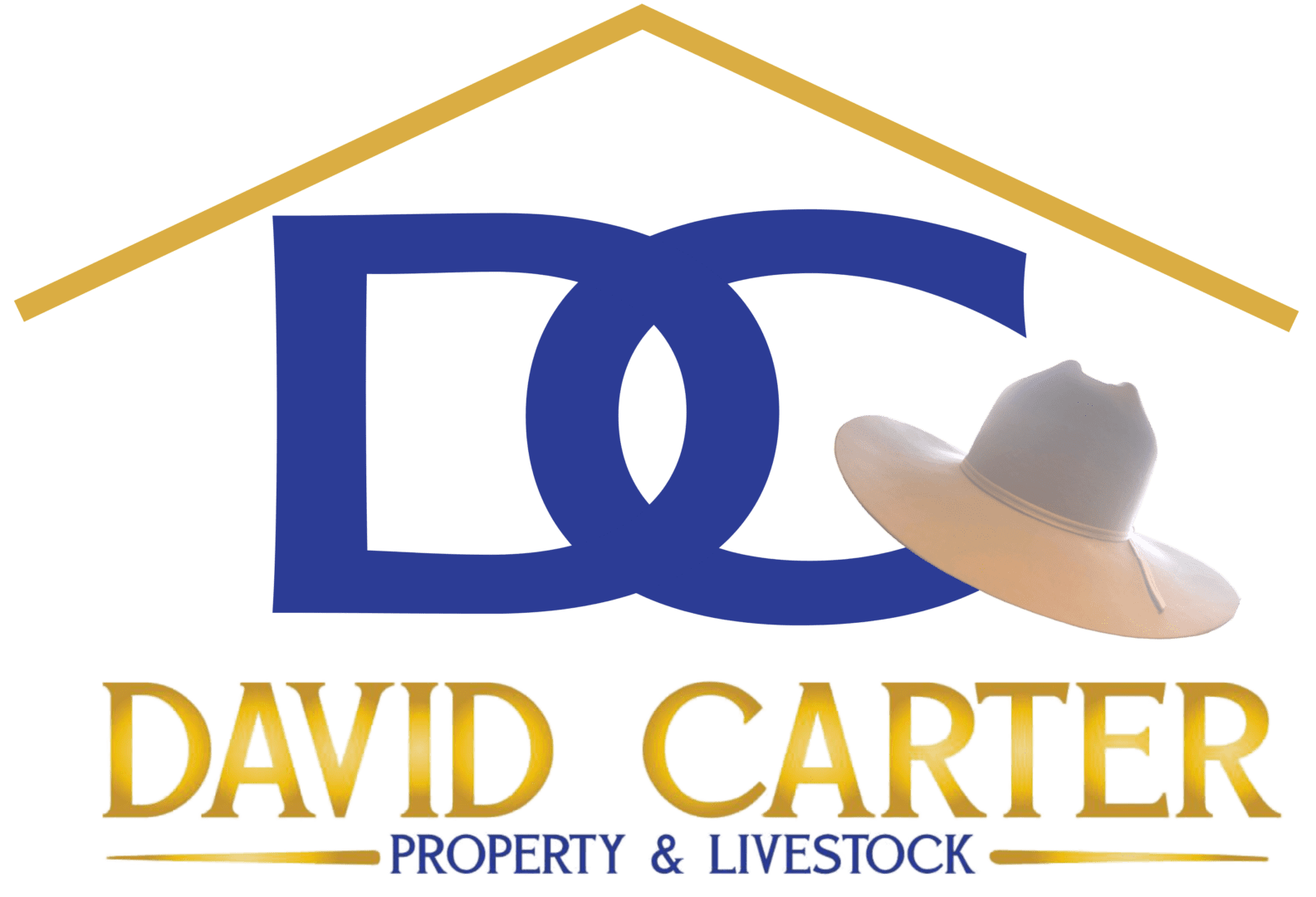Different Cattle Selling Options My Agency Can Offer to Our Clients
Paddock sales
Stock are inspected on the vendor’s property by the buyer and are sold straight out of the paddock. Price is generally negotiated on a dollars per head ($/hd) or cents per kg liveweight (c/kg) basis. Obviously if the sale is by weight the animals have to be weighed. This can be done on the property but is sometimes done on scales at a saleyard.
Saleyard auction
At present most cattle are sold through the saleyards auction system. Many larger saleyards have scales and sell on a liveweight basis. This usually involves a curfew where cattle have to be at the saleyard by a specific time before the sale. Cattle that do not make the curfew time are sold on a $/head basis.
Over the hook sales
With ‘over the hook’ sales, stock are delivered directly to the abattoir. Stock may be sold with or without an agent. Change of ownership takes place at the abattoir scales. The terms of sale will vary between different abattoirs. Generally transport to the abattoir and the transaction levy are paid by the vendor. You are not paid for condemned carcases or bruise trim.
The actual carcase weight measured at the abattoir can vary depending on the carcase trim used, and whether it is a hot or cold weight. Initially, the carcase is weighed at the end of the chain while it is still ‘hot’. If the abattoir trades on cold weight, around 3% is deducted from the hot carcase weight to provide the cold weight. The actual deduction for the shrinkage varies from 2–4% to account for the water weight loss during cooling in the abattoir. A list of AUS-MEAT accredited abattoirs is available from AUS-MEAT.
AuctionsPlus
AuctionsPlus began as CALM (i.e. Computer Aided Livestock Marketing) in 1987 as a method of selling livestock by description. Cattle sales are held weekly and bids can be taken through your preferred agent or home computer nationally. The sale is on farm. Stock are assessed prior to sale by an accredited AuctionsPlus assessor who enters a description of the cattle including photos into a computer-based catalogue. Potential buyers must register and receive a usercode and password that allows them to view the catalogue. AuctionsPlus combines the best features of the saleyard system – access to a wide range of buyers – while allowing direct consignment to the buyer. Selling livestock on AuctionsPlus is through your preferred Livestock Agent. Cattle can be sold on the basis of $/hd, c/kg liveweight or c/kg carcase weight or on a grid. Transport costs are paid by the buyer and transit insurance is offered by AuctionsPlus.
Forward contracts
A standard forward contract is essentially a contractual agreement between a producer and a processor for the producer to supply a given product at a given time for a given price. The contract includes details of:
- the number, age, sex, breed type, weight range and fat range of the contract cattle;
- the fortnight during which they will be delivered;
- pricing arrangements.
| | ||
|---|---|---|
| Advantages | Disadvantages | |
| Paddock sales. Direct to Feedlot. Direct to Backgrounders or Property to Property |
|
|
| Saleyard auction |
|
|
| Over the hook sales |
|
|
| AuctionsPlus (formerly CALM) |
|
|
| Forward contracts |
|
|
